Fast and Efficient Insulation Installation Services
Insulation installation services encompass a variety of methods to improve energy efficiency and comfort within buildings. Techniques include spray foam insulation, which provides high R-value and air sealing; blown-in insulation for quick coverage in attics and wall cavities; batt and rolled insulation, which are common for walls and floors; and reflective insulation, designed to reduce heat transfer through radiant barriers. Each method offers specific advantages depending on the application, building type, and desired performance. Proper installation ensures optimal thermal performance, reduces energy costs, and enhances indoor comfort. Professional installation guarantees that insulation is evenly distributed, properly fitted, and free of gaps or compression that can diminish effectiveness. The choice of insulation type depends on the structure's needs and the desired outcome for energy efficiency and comfort.

Provides a seamless, high-performance barrier that insulates and seals leaks effectively.
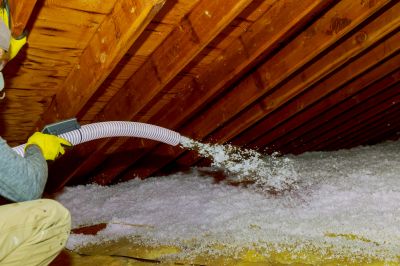
Ideal for attics and wall cavities, offering quick coverage and good thermal performance.
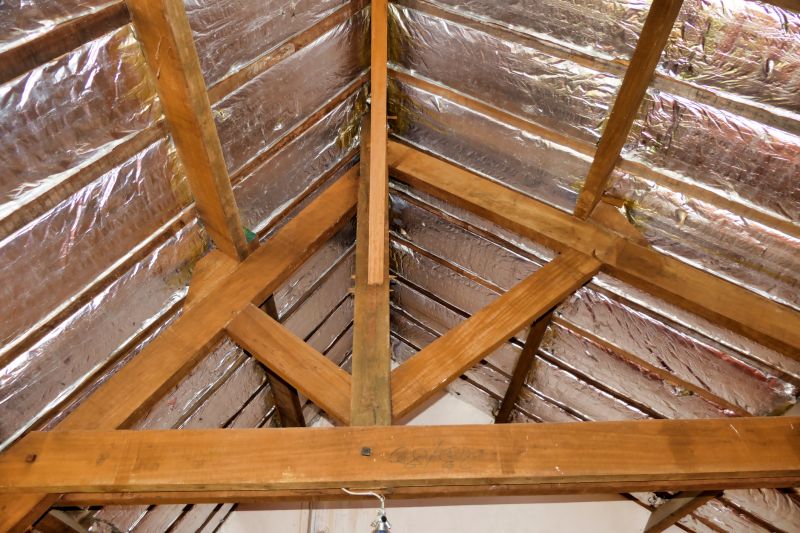
Reduces heat transfer through radiant barriers, enhancing energy efficiency.
| Benefit | Description |
|---|---|
| Energy Efficiency | Reduces heating and cooling costs by improving thermal performance. |
| Indoor Comfort | Maintains consistent indoor temperatures and reduces drafts. |
| Soundproofing | Dampens noise transfer between rooms and from outside. |
| Moisture Control | Helps prevent mold growth and moisture-related issues. |
| Property Value | Enhances the overall value and appeal of the building. |
| Durability | Provides long-lasting performance with proper installation. |
| Environmental Control | Contributes to a healthier indoor environment by reducing air leaks. |
| Cost Savings | Lower utility bills through improved insulation efficiency. |
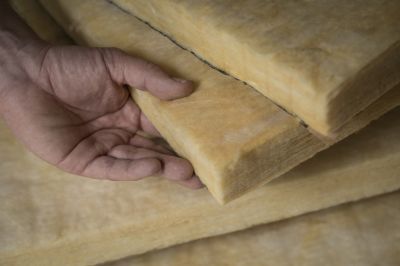
Commonly used in walls and ceilings for effective thermal resistance.
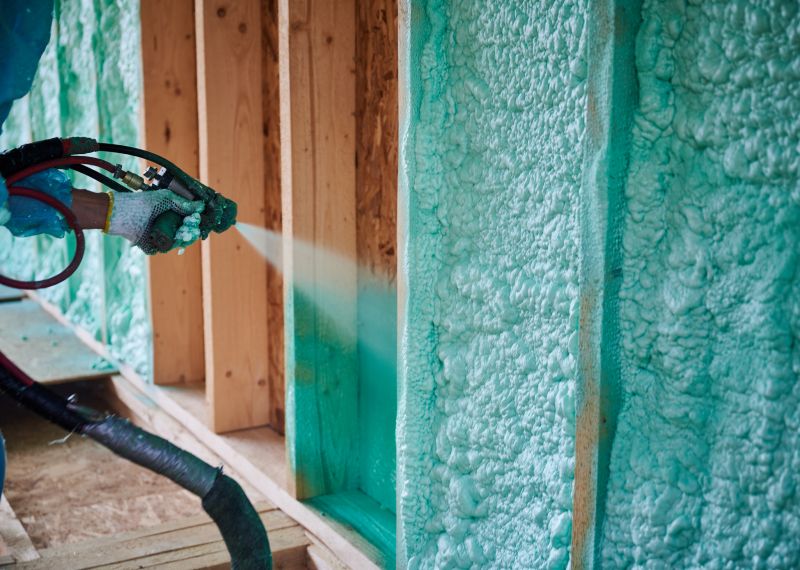
Applied with specialized equipment to create an airtight seal.
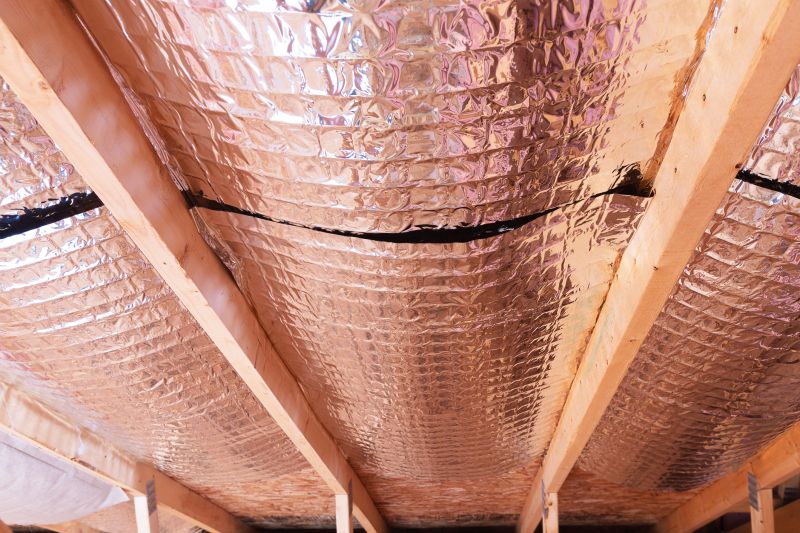
Installed in attics or ceilings to reflect radiant heat.
The process of insulation installation begins with an assessment of the building’s structure and insulation needs. The area is prepared by clearing and, if necessary, sealing existing gaps or leaks. For spray foam insulation, equipment is used to evenly apply the foam, which expands and hardens to form an airtight seal. Blown-in insulation involves using a machine to distribute loose-fill material into wall cavities, attics, or other spaces. Batt and rolled insulation is cut to size and fitted between studs or joists, ensuring a snug fit without compression. Reflective insulation typically involves installing radiant barriers in attics or ceilings to reflect heat away from living spaces. Throughout the process, careful attention is paid to coverage, proper sealing, and avoiding gaps. The installation is completed with inspections to verify even coverage and optimal performance, ensuring the insulation functions as intended.
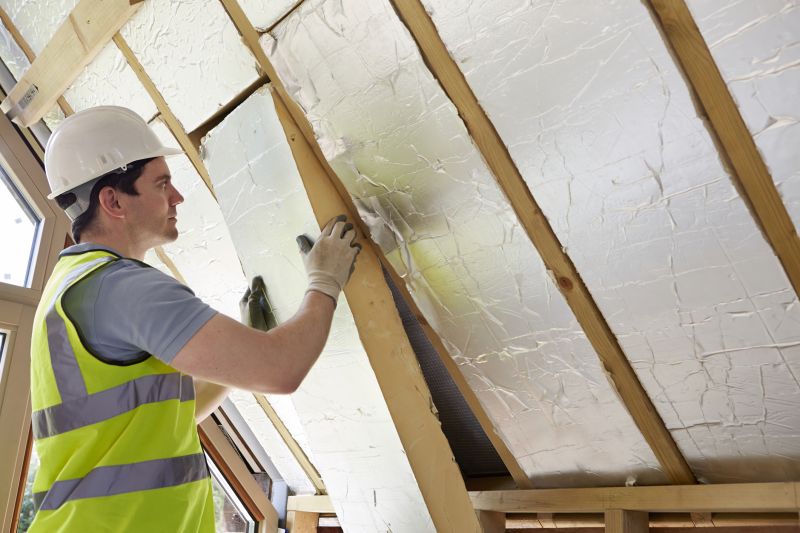
Installing blown-in or reflective insulation for maximum efficiency.

Applying spray foam to seal and insulate walls and ceilings.
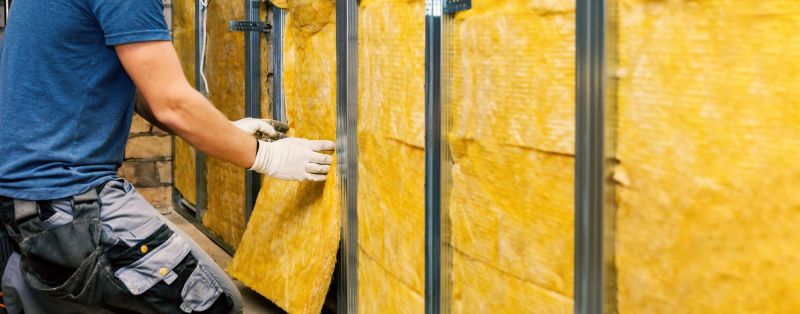
Cutting and placing batt insulation between wall studs.
Hiring a professional for insulation installation ensures the process is performed correctly and efficiently. Professionals have the experience to assess the specific needs of each space and select the appropriate insulation type. They ensure proper application techniques, which prevent issues like gaps, compression, or improper sealing that can compromise performance. Proper installation also minimizes waste and maximizes energy savings. Additionally, experienced installers adhere to safety standards and use specialized equipment to achieve consistent results. This reduces the likelihood of future problems such as moisture buildup or reduced thermal performance. Professional installation ultimately provides peace of mind, knowing that the insulation is installed to industry standards and will deliver reliable, long-term benefits.
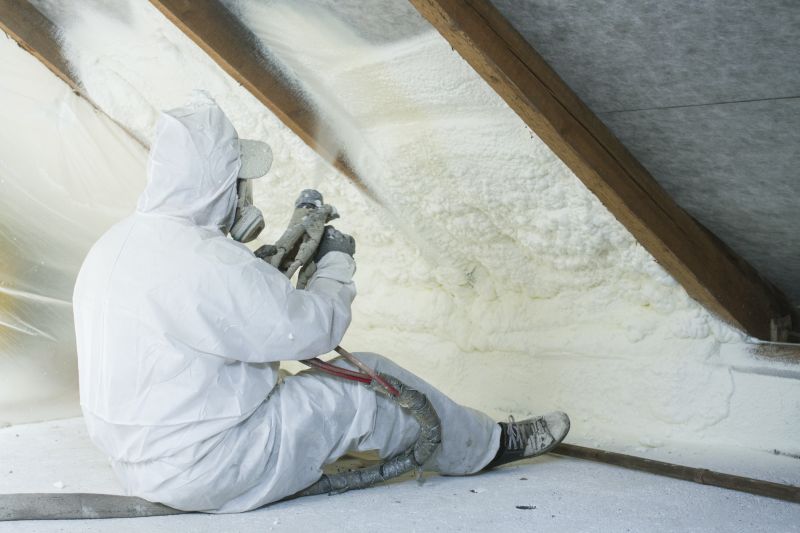
Expertly installed insulation in walls and attics.
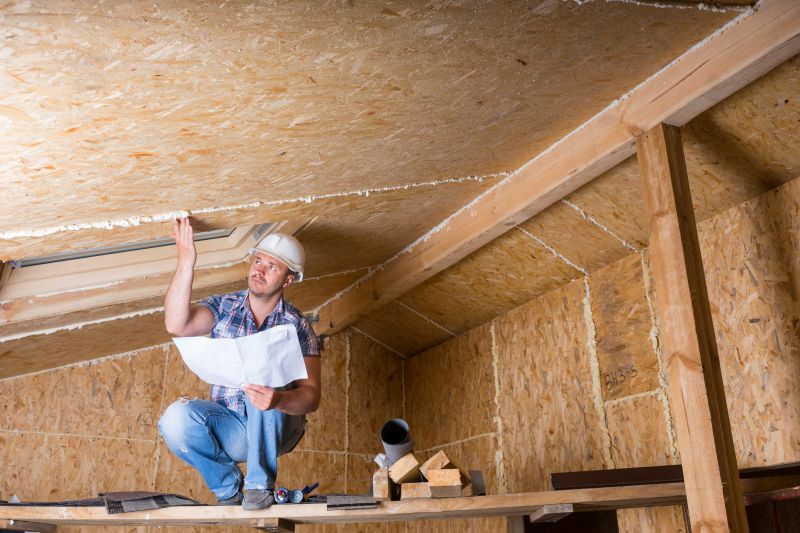
Ensuring airtight and effective insulation coverage.
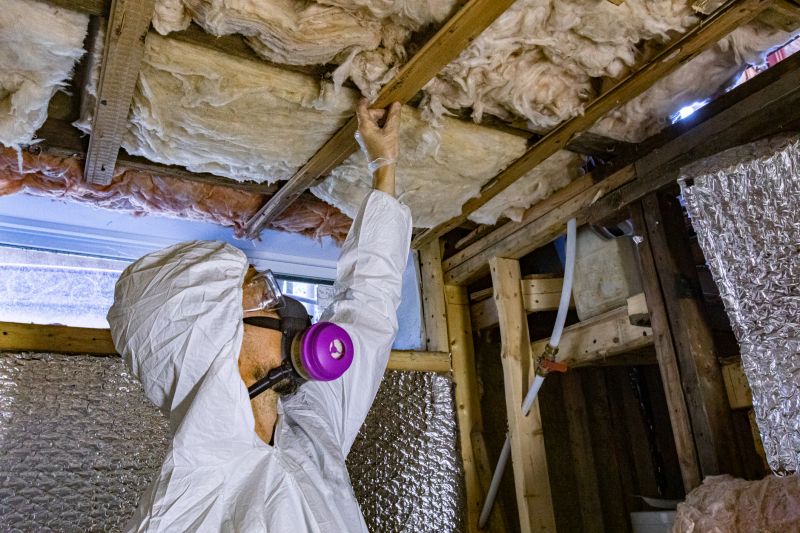
Verifying proper installation and coverage.
Engaging a professional for insulation installation offers numerous advantages, including guaranteed quality work, adherence to safety standards, and optimal performance. Professionals are knowledgeable about the latest techniques and materials, ensuring the insulation is installed correctly the first time. This reduces the risk of costly mistakes or rework. Proper installation also enhances the insulation’s lifespan and effectiveness, leading to better energy savings and indoor comfort. Additionally, experienced installers can identify potential issues during the process and address them promptly. Choosing a professional ensures that the insulation meets the building’s specific requirements and performs reliably over time, providing long-term value and efficiency.

Checking for proper coverage and sealing.

Ensuring quality and compliance with standards.

Sealed and properly fitted insulation in place.
Proper insulation installation is essential for maximizing energy efficiency, indoor comfort, and property value. Professionals bring the expertise needed to ensure every detail is addressed, from sealing gaps to achieving even coverage. Their experience minimizes the risk of future issues such as moisture problems or reduced thermal performance. By hiring skilled installers, property owners can be confident that the insulation will perform as intended over the long term. This investment in quality work can lead to significant savings on energy costs and improved living conditions. Ensuring the job is done right by a professional is a key step toward achieving the full benefits of insulation.
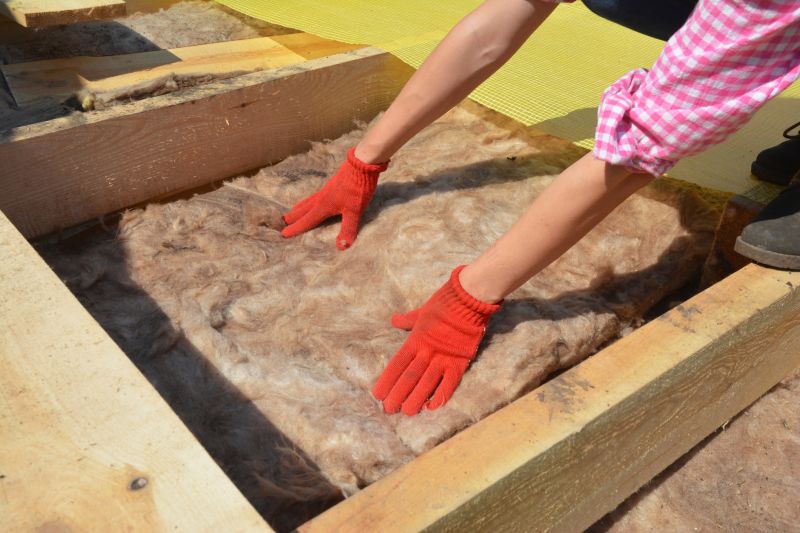
Professionally installed insulation in various building types.
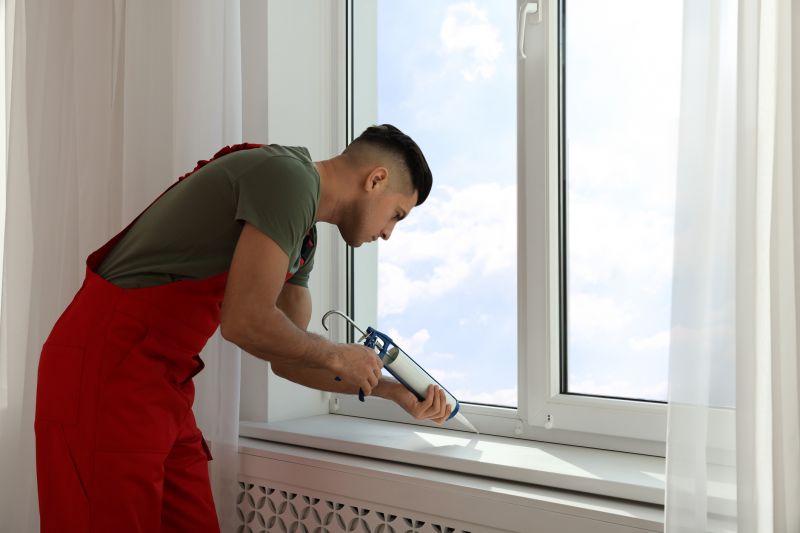
Achieving optimal thermal performance.

Ensuring quality and coverage accuracy.
**Contact today by filling out our contact form to receive a quote for professional insulation installation services. Proper insulation can improve comfort and reduce energy costs—get started now!**
